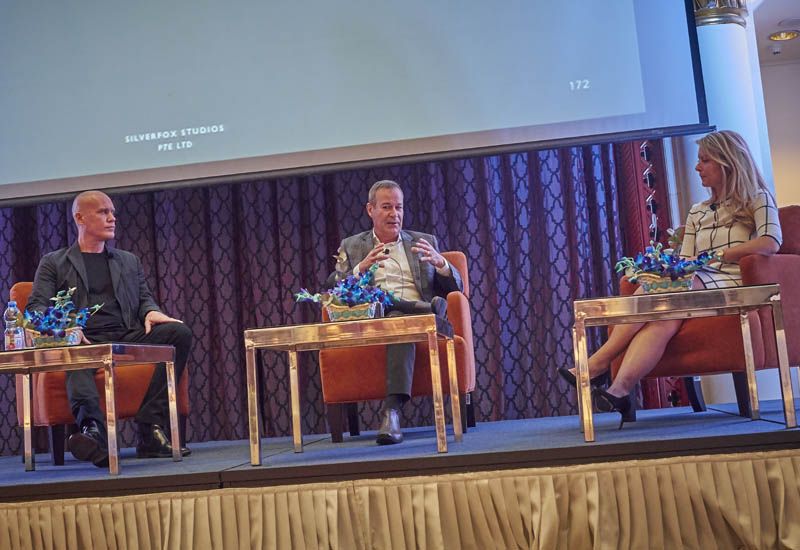The rise of the spending power of the millennial generation has affected the way in which hotel operators, independent restaurateurs, and designers work on F&B concepts, revealed experts.
Speaking during a panel discussion at To The Table MEA 2017 at the Shangri-La Barr Al Jissah Resort & Spa, Silverfox Studios partner Patrick Waring noted that the way the design of food & beverage in the five-star luxury end of the business is being affected is down to the ageing group of millennials.
He commented: “What's interesting about the wave of new hotels that have come about because of this demographic is that there isn’t that much of an emphasis on food. The food offer within boutique lifestyle properties tends not to be the main event.” Rather, millennials pick issues such as wellbeing, choice of offer, the ability to mix and match menu items, and not necessarily having a fixed menu or have fixed meal times.
Another way in which the design of food & beverage outlets are changing due to this demographic is that there are now often no classic boundaries between food and beverage offers. “This is where we think the big five star hotels are going, [they are] leaning in this direction,” Waring added.
Keane Brands group strategy director Stefan Breg, previously with Marriott International, added that millennials are very particular about where they go to eat. “What we have seen in places like Dubai that eating out or dining out is defining what millennials are; they're using it as a badge. In many ways, restaurants define who they are and they use it to brag to their friends,” Breg noted, adding that there is increasingly a huge amount of peer pressure to go the newest hotspot.
Unsurprisingly perhaps, the experts said that the presentation of the food at a restaurant is also of extreme importance to millennials. Waring commented that, going further than this, the way the food is presented on the table is of interest to the millennial demographic. “The moment it goes down on the table, It’s photographed and on Instagram. The presentation of food on the table is presented now in a way that it's set up for Instagram or photographic representation,” Waring said.
Breg agreed and revealed that now it’s often the case that design briefs have a column dedicated to “Instagrammable moments” as part of the concept, in addition to detailed briefs on menu and concept strategy.
The need to trust word-of-mouth recommendation has never been more essential for this demographic, agreed the experts, and Waring added: “A staggering 70% of all travellers are influenced to a degree by travel content on Twitter. That goes to show how important social media is.” Within another panel discussion Katch International founder Georgie Woollams echoed these thoughts and noted: “A study came out that two-thirds of the GCC audience choose their restaurants through social media.”

| Advertisement |









 Search our database of more than 2,700 industry companies
Search our database of more than 2,700 industry companies









